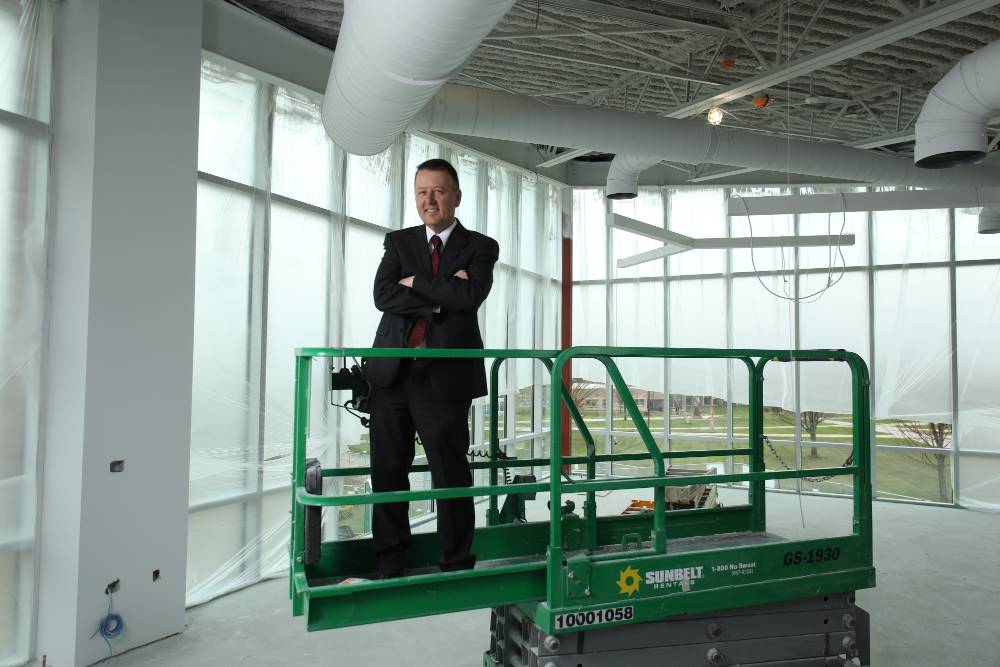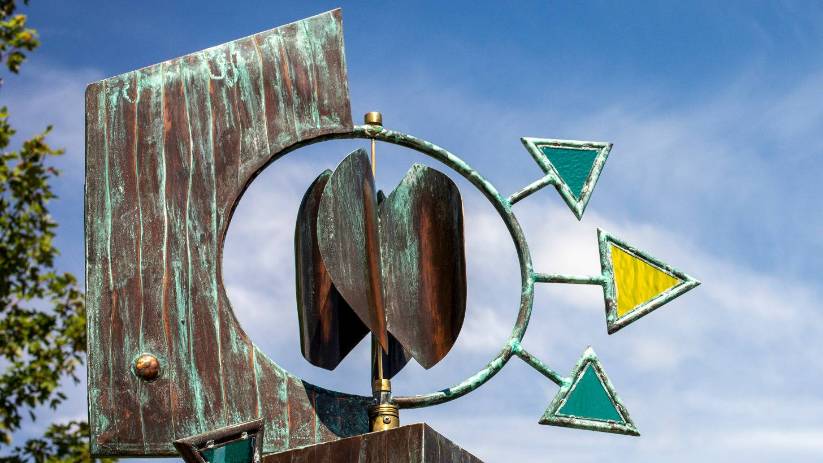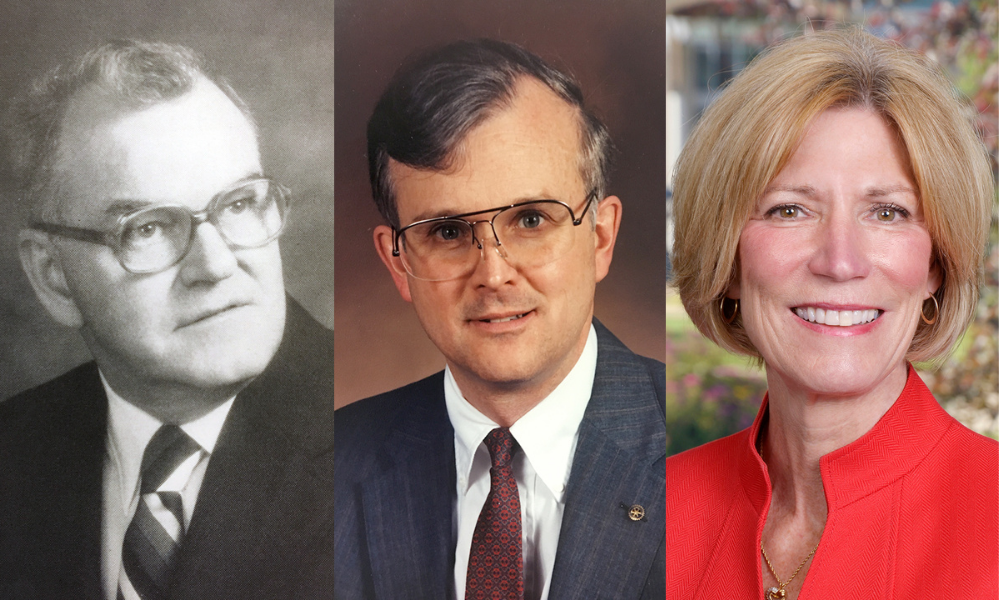PRESIDENT'S OFFICE

David Roland Finley, Ph.D.
Appointed as North Central’s fourth president, Dr. David Roland Finley brings instructional and management experience — plus the perspective of a first-generation college student.
Leadership
The President’s Cabinet consists of senior leaders from across campus who provide input on college issues, priorities and initiatives.
Thrive 2035
Thrive 2035 augments the College's commitment to its People, Programs and Places, with Student Success and Equity at the center of all we do.
Past Presidents
Each of North Central's former presidents has moved the college forward in significant ways, leaving a legacy at North Central.News
View All NewsEvents
View All EventsDec 11 2025
6:00 pm NCMC Athletic Center
Celebrate North Central Michigan College’s 2025 LPN graduates at the Pinning Ceremony...
Dec 16 2025
3:00 pm NCMC Library
New Student Registration Day allows new-to-college students to enroll in classes for the...
Jan 13 2026
5:00 pm NCMC Gaylord Center
Explore programs, meet instructors, and connect with Admissions and Financial Aid at the...